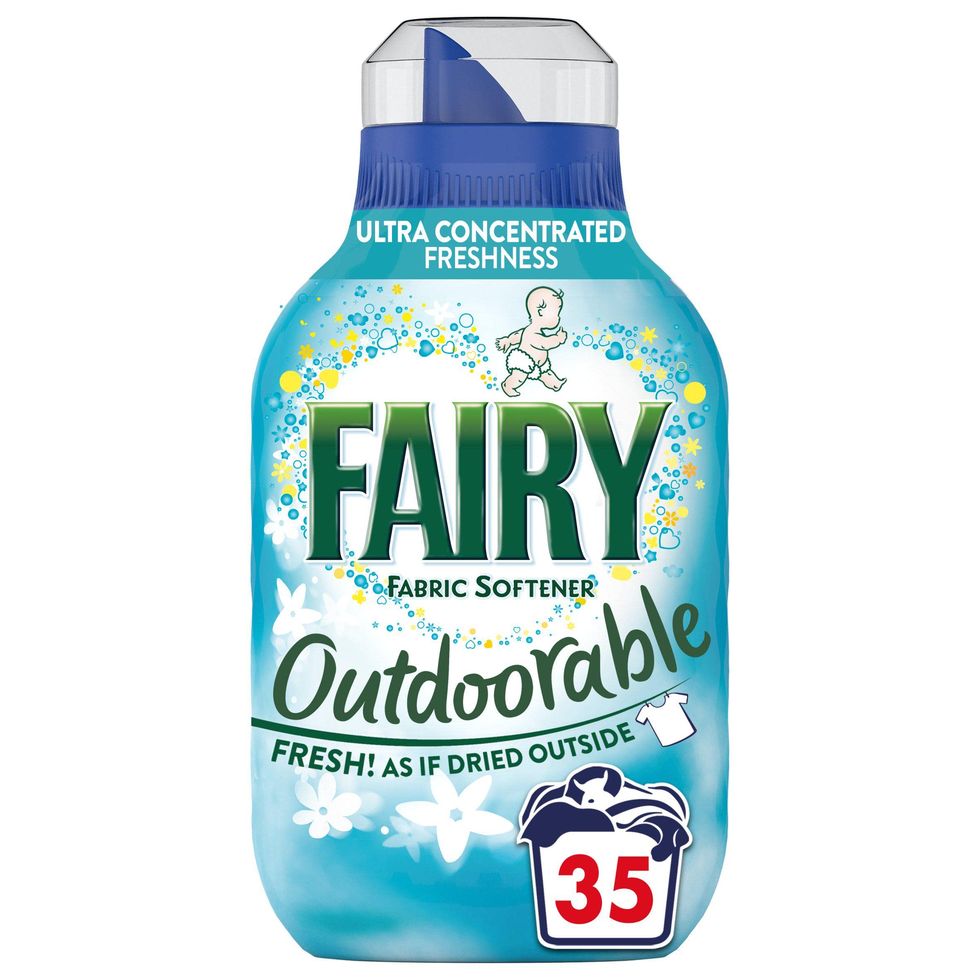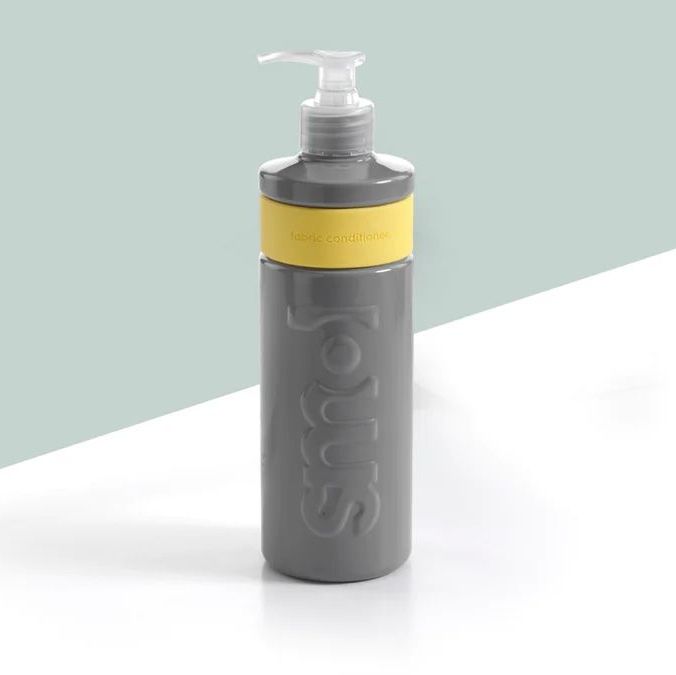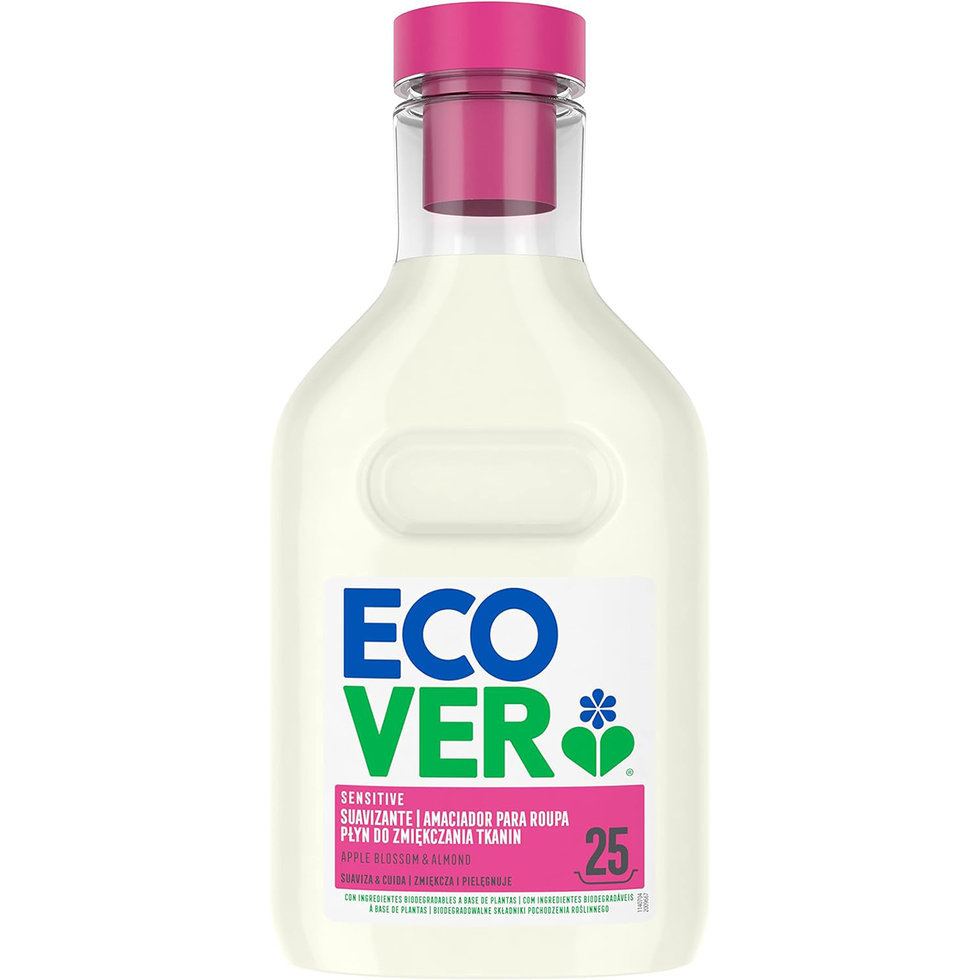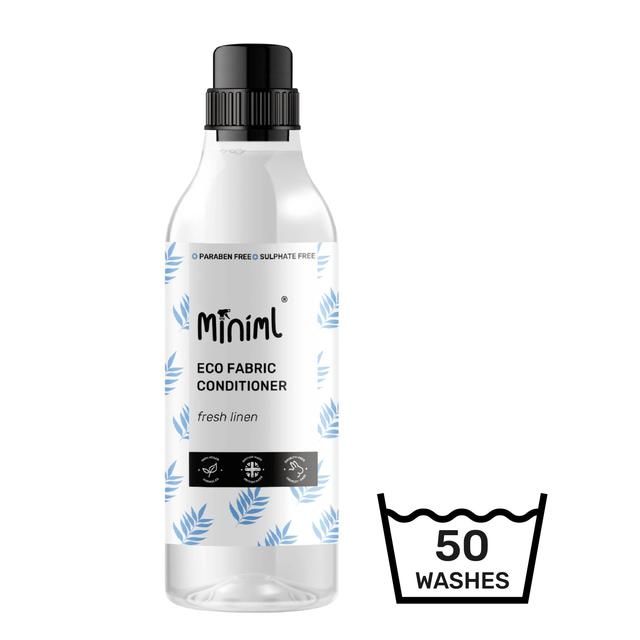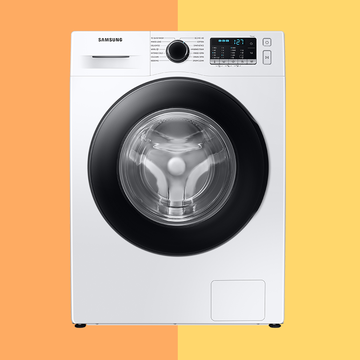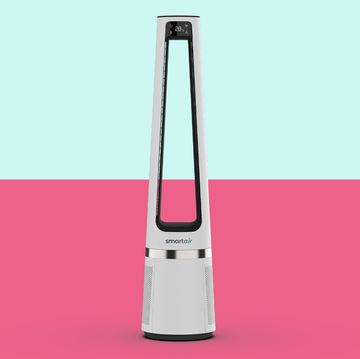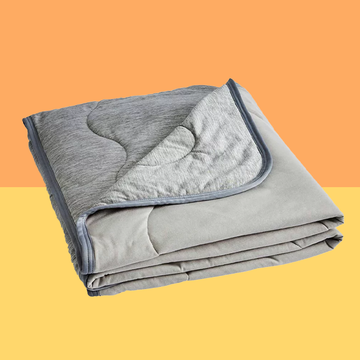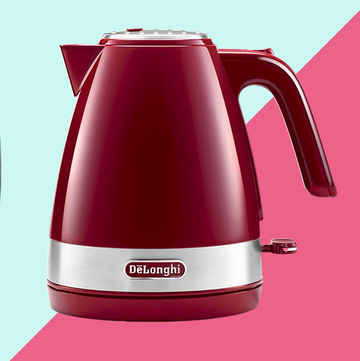We earn a commission for products purchased through some links in this article.
The best fabric softeners to keep your clothes smelling fresh
They’ll also leave your laundry soft and wrinkle-free
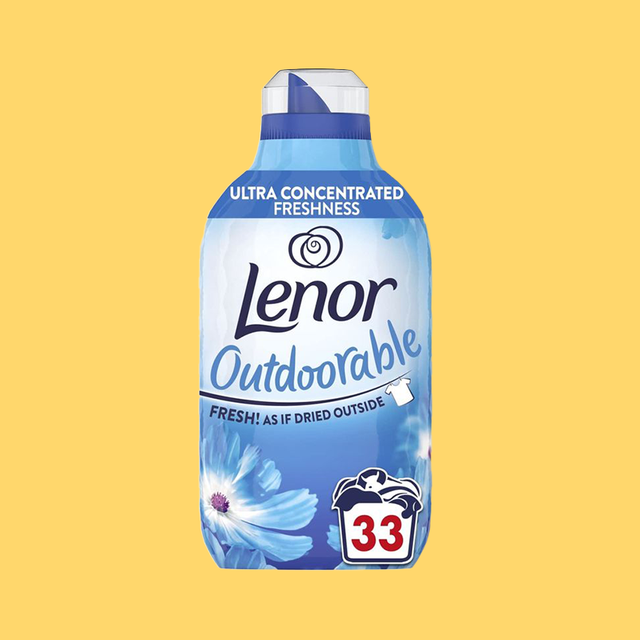
If you want the heavenly scent of fresh laundry to fill your home, adding fabric softener to your washing machine is the easiest way to achieve the most fragrant results.
Not only will they make your clothes smell amazing, but the best fabric conditioners can also leave your laundry luxuriously soft and wrinkle-free.
That said, as much as we love their scent and softening powers, fabric softeners shouldn’t be used on all materials. They can reduce the moisture-wicking qualities of some fabrics, make some garments less breathable, and flatten them. Scroll down for our guide on when you should – and shouldn’t – add them to the wash.
While many of us will just pick up a bottle of fabric conditioner on our weekly shop without giving it too much thought, here at the GHI, we know the importance of selecting the best products to achieve optimum results. That's why we’ve done our research to find the very best fabric softeners on the market.
Take a quick look at our top-picks below and scroll down for the full reviews, along with our guide to using them in your wash.
Best fabric softeners
Make your bedsheets smell nice with our best fabric softeners and protect your mattress with our best mattress toppers - get the recommended buys now!
What’s the difference between fabric softener vs. fabric conditioner?
They’re the same! They are interchangeable names that describe the product’s softening and conditioning capabilities, helping to make our clothes, textiles and bedding smoother, reduce static, and give fabric an extra layer of protection.
What does fabric softener do?
The best fabric softeners work by depositing a layer of positively charged chemical compounds onto fabrics that contain negatively charged compounds. This neutralises the charge, causing the fibres to feel softer and gentler on the skin.
By removing the static, fabric softeners also make clothes appear more wrinkle-free, reducing the amount of time and energy you have to waste on ironing, which gets a big thumbs up from us.
When should you not use fabric softener?
Fabric conditioners should be avoided when it comes to certain fabrics. That’s because the active ingredient in their formulation, which makes everything feel soft, is oil-based. This oil coats certain fibres, making them greasy and slippery, which can hamper absorbency.
In plainer terms, they aren’t ideal for items such as towels and sportswear as they affect their moisture-wicking properties and breathability. But don’t panic, this doesn’t mean you have to suffer a life of stiff, scratchy towels – it’s okay to use fabric softener in your towel washes; just don’t use it every cycle, and check out our handy guide for other ways to keep them soft and fluffy.
Here’s a quick summary of when you should and shouldn’t use fabric softeners for the best results.
You can use fabric softener when washing:
- All cotton garments
- Clothes made from synthetic fibres such as polyester
- Towels - note it can impact their absorbency, so it’s worth leaving it out every few washes
You shouldn’t use fabric softener when washing:
- Sportswear
- Fire-resistant clothing, especially children’s pyjamas and baby clothes, as fabric softeners reduce the self-extinguishing ability
- Microfibre
- Check care guidance for natural fibres, too
How we test fabric conditioners
In the lab, our expert sniffers assessed each fabric softener’s fragrance, from pungent to mild, straight out of the bottle. They then used each product to wash loads of cotton and polycotton bed sheets and compared the results to control loads that hadn’t used any softener.
They checked how each load smelt when wet and whether it felt softer to the touch. They repeated this with laundry that had been air-dried and tumble-dried.
They scrutinised the instructions to ensure they were thorough and easy to follow, checked how easy the product was to dispense, and whether it was free from hazardous chemicals.
We also sent out samples to our reader panel, which were blinded to avoid brand bias. They put them to the test in real-world conditions and gave us detailed feedback on ease of use and effectiveness.
Megan is the Good Housekeeping Institute’s homes writer. She loves diving into the latest product releases to find the very best buys on the market. When she’s not writing about the newest gadgets and gizmos for your home and garden, you’ll find her cooking, running and exploring London’s foodie hotspots – or trying to make friends with every dog she passes. Megan has an MA in Magazine Journalism and has previously written for Stylist, Glamour, TimeOut, SquareMeal, and YOU magazine. You can find Megan on Instagram @meganlouisegeall and on X @megan_geall
Blossom is passionate about finding the best home products and appliances for GH readers. As head of the homes testing team, she has led reviews across multiple categories, from pizza ovens, and smart plugs to portable fans and hobs. She enjoys delving into the intricacies of products and refining testing protocols to ensure we’re testing them against their claims. Her aim is to find the top-performing products on the market, to help take the hard work out of housework. Blossom’s most notable accomplishment in the lab has been toasting 528 slices of bread in her quest to find the best toasters money can buy. In her free time, she openly admits to being a music geek and indulges her creative side through crocheting, baking, singing and writing.


The best weighted blankets, tried and tested
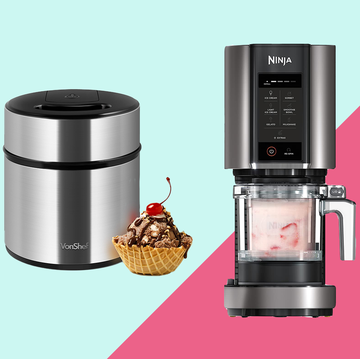
10 best ice cream makers, tested by experts
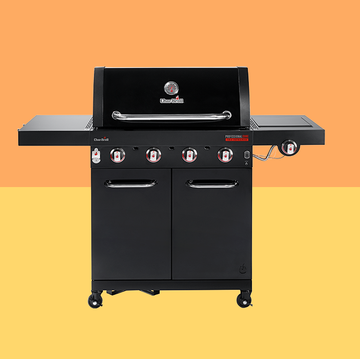
10 best gas BBQs to buy for summer 2025

15 best memory foam pillows to buy in 2025

